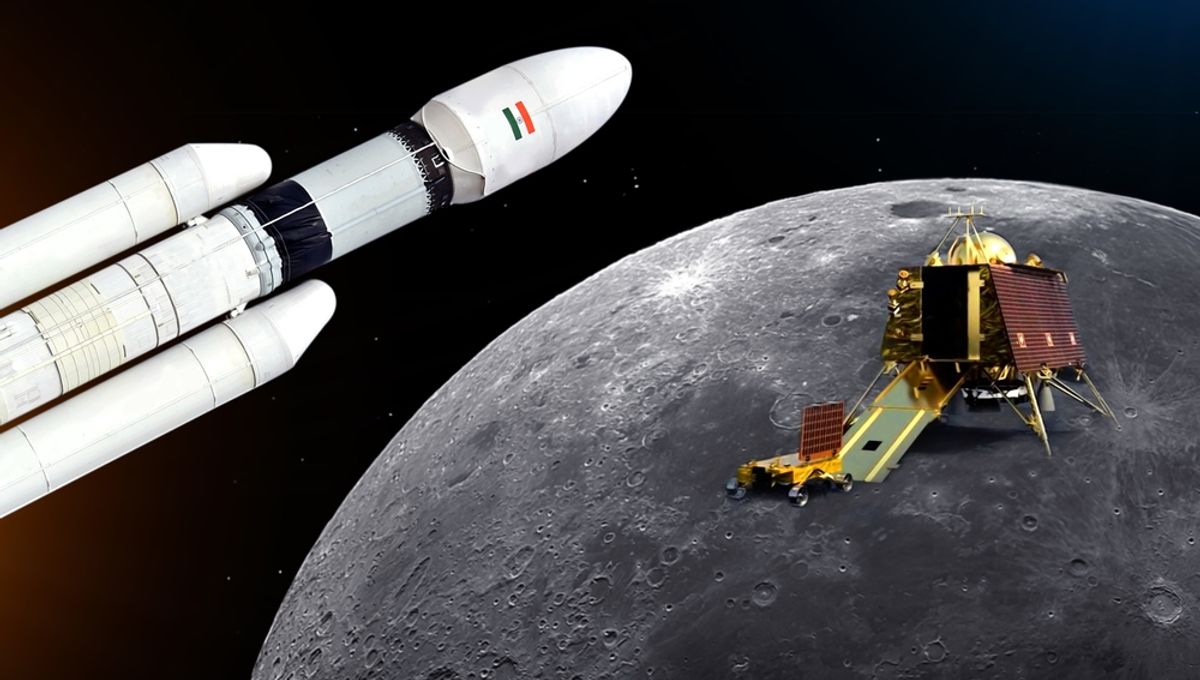
India has crossed a major milestone in the quest to become the fourth nation to make a soft landing on the Moon. Having launched on July 14, the Chandrayaan-3 mission entered lunar orbit on August 5. Touchdown is scheduled to take place on August 23 or 24.
The United States, the Soviet Union, and China have all sent missions to the Moon which have returned data, and sometimes actual moon rocks. However, Israel failed, as did a United Arab Emirates and private Japanese partnership, proving this is no easy task. “This is the third time in succession that ISRO has successfully inserted its spacecraft into the lunar orbit,” The Indian Space Research Organization (ISRO) said in a statement.
ISRO doesn’t want to just follow in the footsteps of others. Its mission is to the Lunar South Pole, a target that is both more difficult and potentially more rewarding than the locations other agencies have used.
The lunar polar regions are more challenging than the rest of the Earth-facing side of the Moon since communications can easily be obstructed.
ISRO wants to go there for the same reason it’s been chosen as the target for Artemis III: the permanent shadows at the bottom of craters keep this region cold. Elsewhere, sunlight during the long lunar day turns ice close to the surface into water vapor, which quickly escapes into space.
With water being the greatest need for lunar colonies or even long-term bases, the poles appear to be the place to go: the world will be watching whatever information Chandrayaan-3 can supply about their nature.
Before that, however, the lander needs to actually land, and the rover successfully deploy – after the failure of so many previous efforts, that’s no sure thing. On the other hand, India’s record in space is good. Although a late-comer to space missions, India not only succeeded in putting the Chandrayaan-1 and 2 spacecraft in lunar orbit in 2008 and 2019 respectively but has also put the Mangalyaan craft into orbit around Mars, returning spectacular images in the process.
By making its missions substantially cheaper than those of other countries, ISRO has also paved the way for more science at a lower price. In the case of Chandrayaan-3, that means a budget of $74.6 million.
One consequence of the cost savings is that the mission took weeks to reach lunar orbit. There will now be a further two and a half weeks where Chanrrayaan-3 maneuvers into an orbit that takes it over the poles and gradually reduces its height. That wouldn’t have been viable for Apollo, which needed to get there in a few days. India’s robots, however, can wait in a way astronauts could not.
Source Link: India's Moon Rover Chandrayaan-3 Has Entered Lunar Orbit